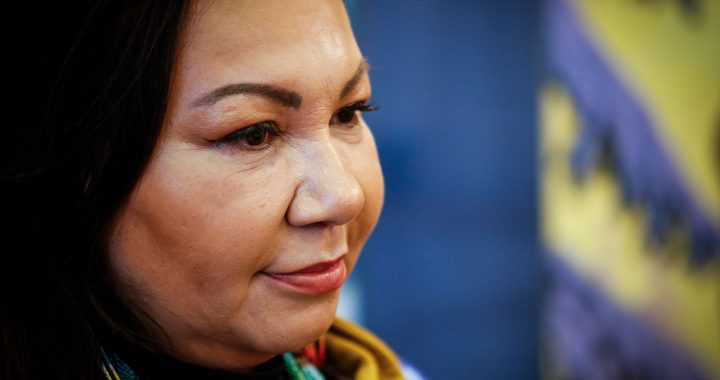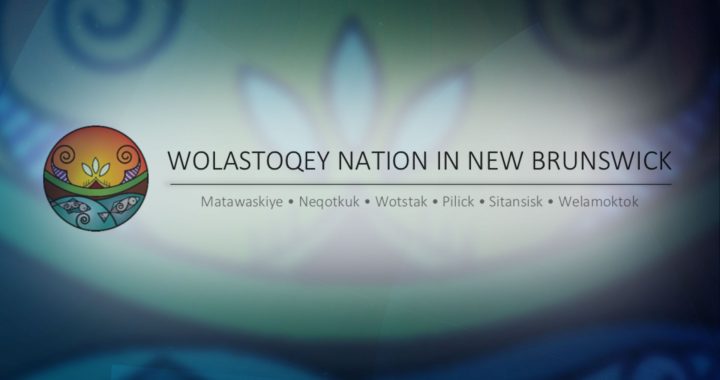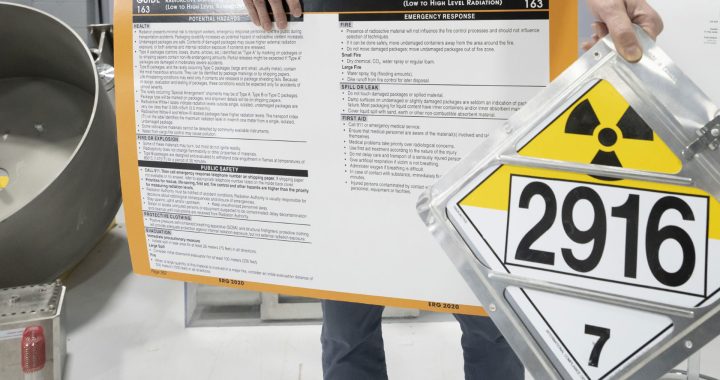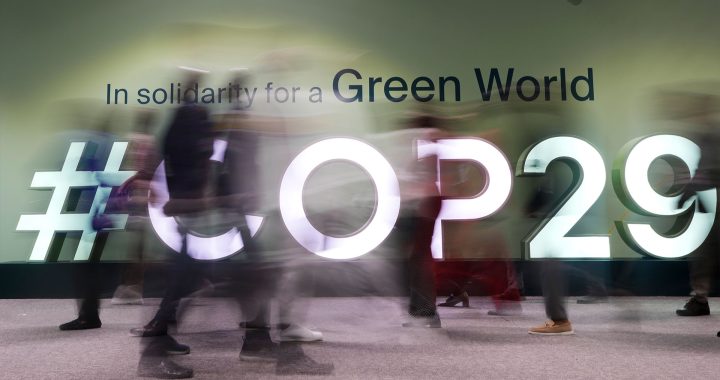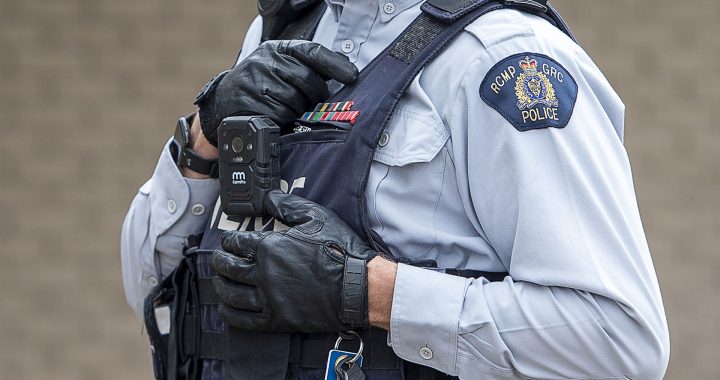
Ruby Barclay, coordinator behind the Youth Advisory Council, works hard to find ways for youth ito connect. Photo courtesy Nanaimo Aboriginal Centre website.
Ruby Barclay recalls working with resident Elder Sally Williams as the youth they support at the Nanaimo Aboriginal Centre’s Youth Advisory Council (YAC) prepared to participate in this year’s Tribal Journeys.
Tribal Journeys is an annual event that brings Indigenous Peoples in B.C. and Washington together to travel in traditional canoes to a host nation’s territory. This year, the host nation was to be the Snuneymuxw First Nation.
Williams shared the vision of each Indigenous child in care having their own regalia, which represents where the youth come from, with Barclay.
“A teaching I have received [from Sally] is that the practices that come from caring for your regalia is actually a teaching on how you take care of your spirit,” says Barclay.
For the youth involved with the YAC, welcoming nations to the unceded territory of Snuneymuxw was an opportunity to represent who they are and where they come from.
Finding ways for Indigenous youth to connect with who they are is at the heart of the council, which Barclay has been involved with for the last three years. Prior to her work leading the council as co-ordinator, Barclay was a youth mentor with the organization.
“Our program focuses on systems change, peer support, and the sustainability of the youth voice in the community,” says Barclay.
The YAC consists of 12 Indigenous youth and focuses on their local and lived experiences. She says that, through the council, she empowers youth to advocate for what matters most to them, while weaving in information from current research and policy based on her experience working with the Ministry of Child and Family Development (MCFD) as a youth advisor for strategic initiatives in 2018.
Empowering youth to share local concerns
Barclay supported the youth involved in the council, who are in and from the foster care system, to initiate a callout to their kin to share their local perspective at their first annual Youth Engagement Forum in 2018.
“Our young people wanted to hear more from the youth community and their peers once they learned about research from McCreary Research Society,” she says.
McCreary Research Society is a non-government not-for-profit organization dedicated to improving the health of B.C. youth through research and community-based projects.
In 2018, the YAC youth designed a survey that was shared online and at the Youth Engagement Forum. The data collected from the survey informed the creation of the YAC Youth Resource Guide and a series of recommendations in the council’s year-end report, including having youth involved in writing their care plans.
Barclay says that gathering the youth perspective to build a collective story is something she and her colleagues realized would be integral for future advocacy work, while also uncovering some of the local barriers these youth often face.
Gaps in culturally relevant services
As a former youth in care, Barclay understands the barriers in accessing basic services.
“Nanaimo has a rich and diverse population of urban Indigenous people,” says Barclay. For Indigenous youth in care who do not have access to services with Kw’umut Lelum [the local Delegated Aboriginal Agency], there is a barrier to accessing culturally relevant and safe resources.
“When services aren’t culturally attuned, our young people experience multiple forms of displacement,” she says.
Through the funding Kw’umut Lelum receives from the MCFD, the organization is only able to provide programs and services to its nine member nations, both on and off reserve. These programs and services include family support and a cultural permanency program.
“We have on average around 150 Indigenous children in care in Nanaimo on any given day,” says Barclay.
According to the MCFD data, as of December 31, 2019, there were approximately 801 children and youth in care in the North Island district of Vancouver Island. Of the 801, 560 are Indigenous, with 341 receiving services through MCFD.
IndigiNews contacted the MCFD to confirm how many Indigenous children and youth are in care in the Nanaimo Region. According to MCFD, there are 49 Indigenous children and youth in care that are served by a DAA, and 84 served by the local MCFD office. This does not include Indigenous children and youth who are in care living in other areas outside of Nanaimo, but are served by Kw’umut Lelumand MCFD offices in Nanaimo.
Through their outreach, Barclay says the committee has also identified other local barriers that don’t often get discussed at a policy level. This includes transit accessibility so youth can access the services they need, and accessing services while simultaneously experiencing homelessness.
Addressing the gaps
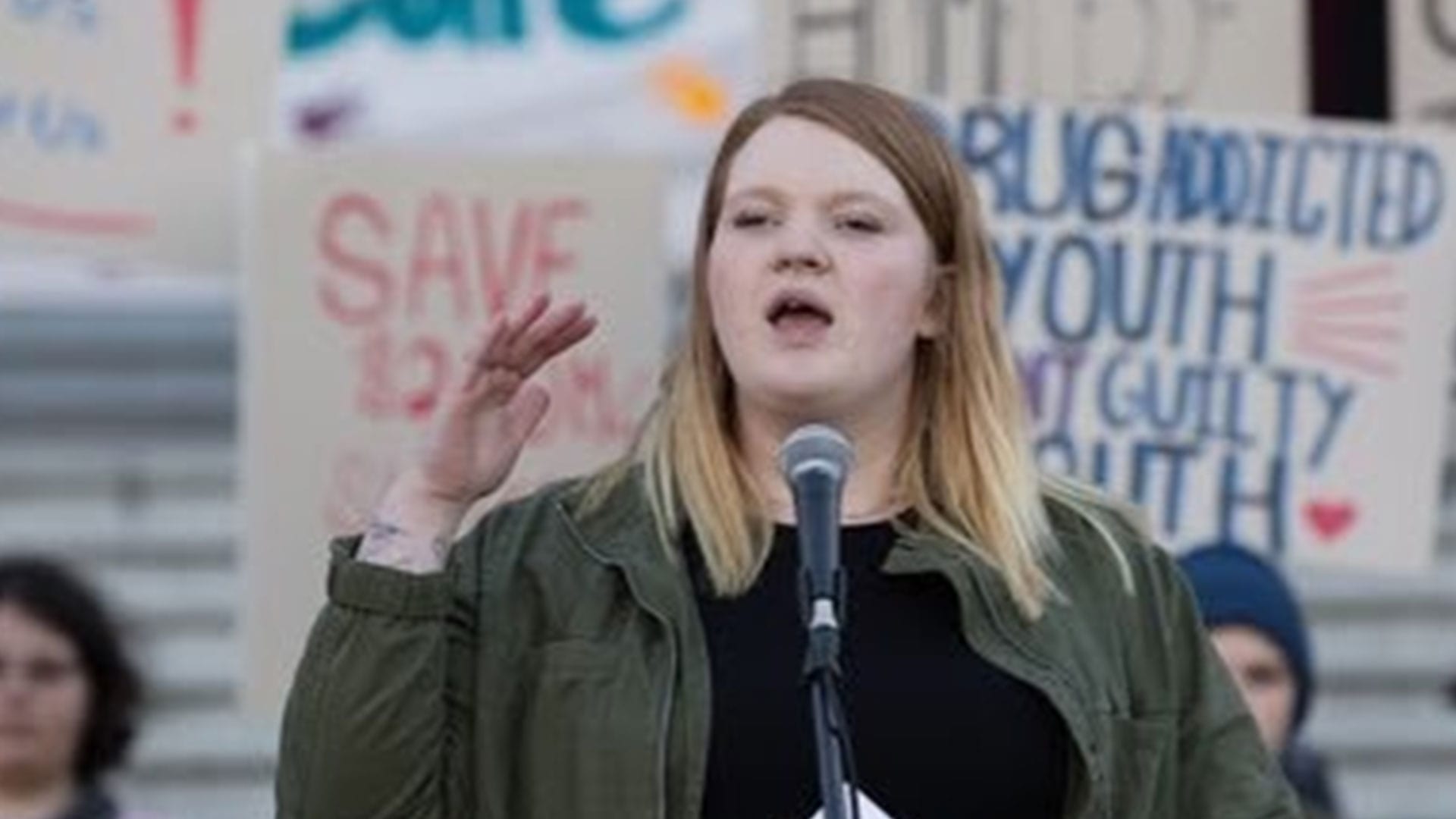
In partnership with Literacy Central Vancouver Island and with funding from the Nanaimo Community Action Team Community, the YAC initiated the Mobile Youth Outreach Team, which provides “no-barrier” services to youth up to 29 years old.
The Mobile Outreach Team brings services to youth, and also provides support to navigate referrals or to take steps to exit homelessness.
A press release issued by Vancouver Island University says that the outreach team goes to Wesley Street in downtown Nanaimo on Wednesdays to hand out personal hygiene products, food, harm reduction supplies, tents and sleeping bags.
“Our young people, they are very passionate about addressing youth homelessness in the community and we’ve done a lot of advocacy around that over the last three years,” says Barclay.
This has included presenting to Nanaimo City Council on the issue of youth experiencing homelessness.
In addition to having two full-time staff members, the outreach team offers training to youth on the YAC looking to impact change directly within the community. The youth are able to engage with their peers in ways that the staff may not be able to.
“Their knowledge and insight will be guiding the program,” says Barclay.
Fostering reciprocity and cultural connection
In addition to co-ordinating the YAC, Barclay says she supports the youth on the council as a one-to-one support worker. This allows her to understand the local Indigenous child welfare landscape, while also providing kinship support to the youth involved with the committee.
“One of the main aspects in coordinating the Youth Advisory Council, and one of the things we know when we invite young people, is that they often will need some support to reduce their barriers,” says Barclay.
Barclay says supporting youth in a one-to-one style includes nominating them for awards, acting as a reference, connecting them to resources, helping them find housing, sharing meals, going for walks and connecting them with learning opportunities.
“Building relationships [in this way] ultimately strengthens our program,” says Barclay.
Barclay says after she graduated from Vancouver Island University’s Child and Welfare program in 2018, she began work in government, where she quickly realized she was the only youth at the table.
“I realized how many other young people weren’t at the table and how many voices weren’t informing the work,” she says.
Barclay also realized that in order to do the work she wanted to do, she needed to return to community.
“I really wanted to take a step back and understand what it means to work in community differently and also to not centre myself in the work, but to help create space for youth voices to tell their stories.”
Editor’s note: A previous version of this story referred to Ruby Barclay as an Indigenous child welfare advocate and Indigenous youth. While Barclay does advocate for Indigenous children and youth, she is not Indigenous. The story has been edited to correct this.
Every month, IndigiNews will be featuring an Indigenous child welfare game-changer on Vancouver Island. If you would like to nominate a game-changer, please email [email protected].





